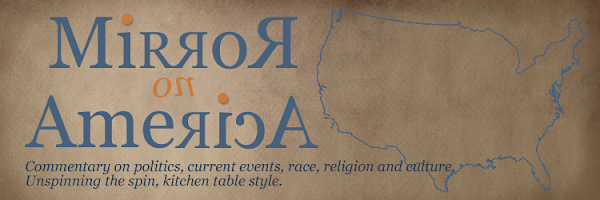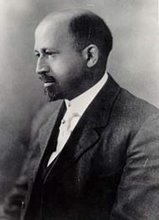
OBITUARY
Roy DeCarava dies at 89; art photographer depicted the African American experience
He was known for his pictures of everyday life in Harlem and for his candid shots of jazz musicians. Shadow and darkness are hallmarks of his style.
By Mary Rourke
October 29, 2009
Roy DeCarava, an art photographer whose pictures of everyday life in Harlem helped clarify the African American experience for a wider audience, has died. He was 89.
He died Tuesday in New York City, his daughter Wendy DeCarava said. The cause was not given.
DeCarava (pronounced Dee-cuh-RAH-vah) photographed Harlem during the 1940s, '50s and '60s with an insider's view of the subway stations, restaurants, apartments and especially the people who lived in the predominantly African American neighborhood.
He also was well known for his candid shots of jazz musicians -- many of them taken in smoky clubs using only available light. Shadow and darkness became hallmarks of DeCarava's style.
"Roy was one of the all-time great photographers," Arthur Ollman, founding director of the Museum of Photographic Arts in San Diego, said in 2005. "His photographs provided a vision of African American life that members of the white fine art photography establishment could not have accessed on their own."
DeCarava's first major exhibit was at the Museum of Photographic Arts in San Diego in 1986. Ten years later, he was the subject of a one-man exhibit at the Museum of Modern Art in New York City.
"What's extraordinary about the pictures is the way they capture his lyrical sense of life," Jonathan Galassi, a curator at the Museum of Modern Art, said in a 1996 interview with ABC.
"You see pain, you see anger and you see an extraordinary quality of tenderness," Galassi said in a separate interview with CBS.
Using a small, 35-millimeter camera that allowed him freedom to roam, DeCarava captured spontaneous moments. He shot in black and white, creating highly impressionistic images, and printed in a style that produced velvety shades of gray and black.
Some of his earliest photos show young couples dancing in their kitchen on a Saturday night, and a father and his children dressed in their Sunday best, watching the Harlem River go by. He photographed men talking together in a basement that doubled as their clubhouse.
DeCarava told National Public Radio in a 1996 interview that when he started taking pictures "there were no black images of dignity, no images of beautiful black people. There was this big hole. I tried to fill it."
Rest of article at link above.















No comments:
Post a Comment